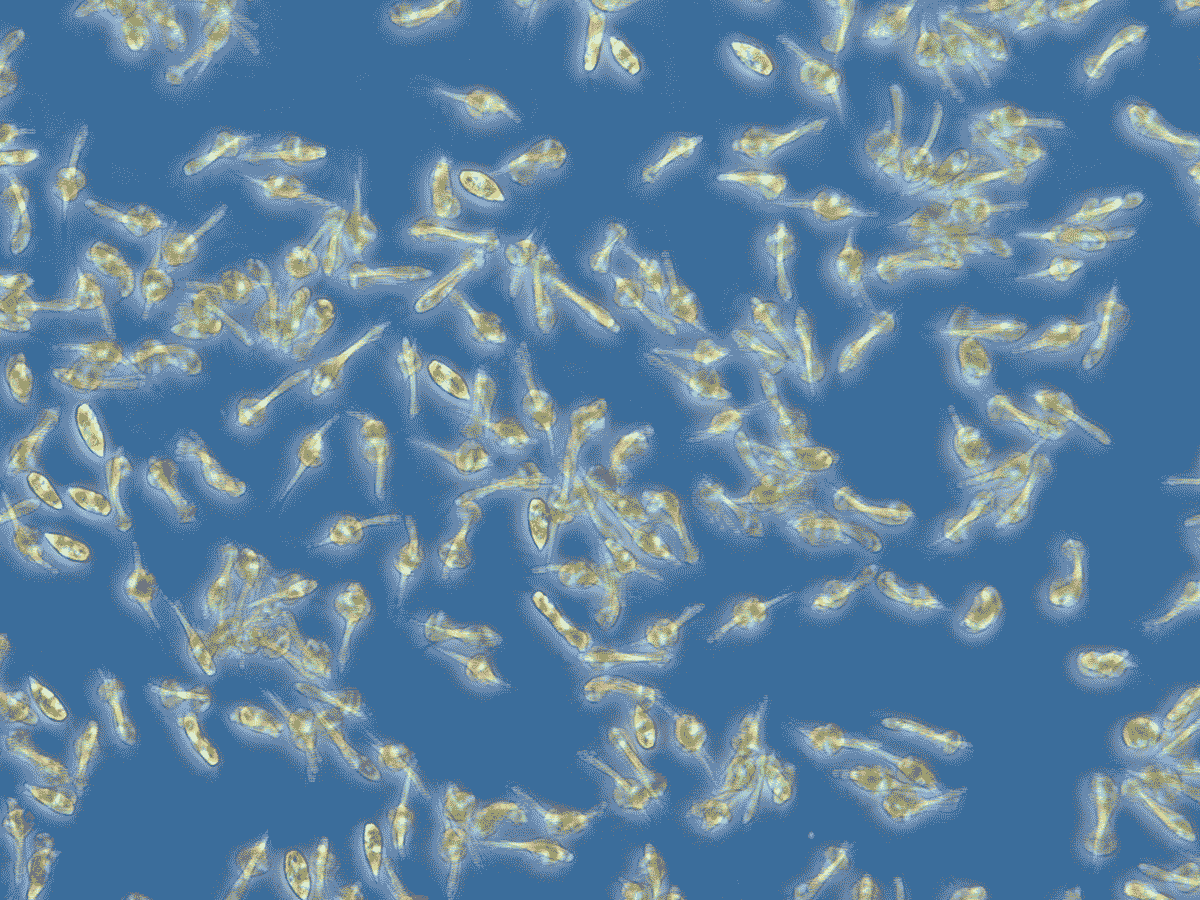
Marine biodiversity: thanks to satellites, life at different depths is also being studied
The characteristics of the sea change with depth, in terms of temperature, availability of nutrients, and also the intensity and color of the water. This results in different niches being more or less suitable for different phytoplankton species. In a recent study, a group of OGS researchers integrated experimental and satellite measurements into a numerical model to analyze how the variability in light spectra radiation contributes to select phytoplankton communities in the Mediterranean Sea.
The study, published in the journal Progress in Oceanography and developed as part of Copernicus, the European Union's Earth Observation programme, provides an explanation for the interaction between light and marine phytoplankton, a group of unicellular organisms that perform photosynthesis. The results were obtained using a numerical model of the Mediterranean Sea that shows how the variability of the light spectrum contributes to the creation of ecological niches in the different sea depths and regions of the Mediterranean Sea, and describes for the first time the environmental conditions of the main phytoplankton groups in the Mediterranean Sea.
The project is part of the activities that OGS is carrying out within Copernicus, dedicated to monitor our planet and its environment for the benefit of all European citizens. Thanks to the new generation of ASI-ESA multispectral satellites and their integration with Copernicus models, in the future we will be able to get a better picture of the state of the sea and to monitor and understand the changes in marine ecosystems.
